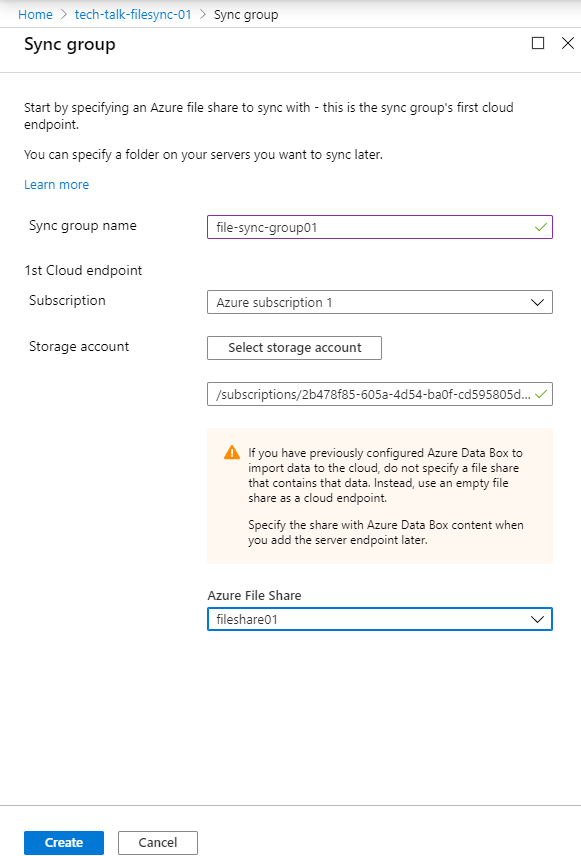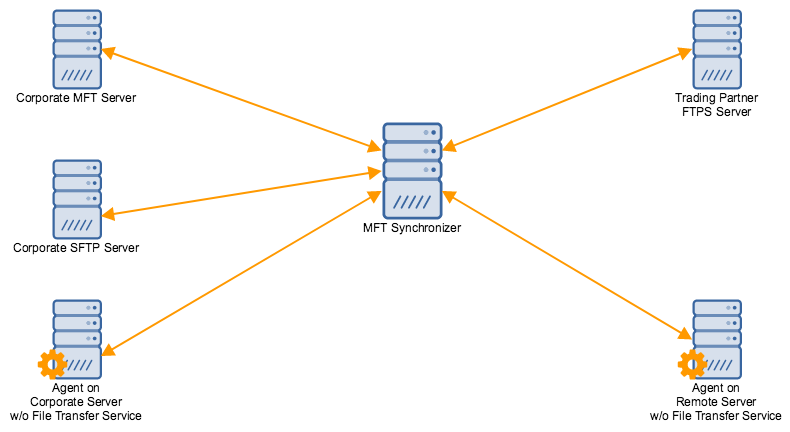
#Windows server file synchronization windows#
#Windows server file synchronization Offline#
Cloud Tiering files will have greyed icons with an offline file attribute to let the user know the file is only in Azure. When a user opens a tiered file, Azure File Sync seamlessly recalls the file data from Azure Files without the user needing to know that the file is actually stored in Azure. The reparse point represents a URL to the file in Azure Files.ĪLSO READ: Azure Cost Management When a file is tiered, the Azure File Sync file system replaces the file locally with a pointer, or reparse point.

Non-used data moves to Azure in what is called Cloud Tiering.Ĭloud tiering is an optional feature of Azure File Sync in which frequently accessed files are cached locally on the server while all other files are tiered to Azure Files based on policy settings. File Archiving: Only recently accessed data is located on local servers.Also, you can restore file metadata immediately and recall data as needed for rapid disaster recovery. Backup and Disaster Recovery: Once File Sync is implemented, Azure Backup will back up your on-premises data.Branch Offices: Branch offices need to backup files, or you need to setup a new server that will connect to Azure storage.This lets companies with multiple offices have a need to share files with all offices. Provide write access to the same data across Windows Servers and Azure Files. Lift and shift: The ability to move applications that require access between Azure and on-premises systems.Given below are some use cases and advantages to file sync. We need to use a file sync agent on our Windows machine in order to set this up.ĪLSO READ: Azure Resource Locks Usage Explained As of this writing, the Azure File Sync service is only supported with Windows 2012 R2 or later, and we only can use SMB, NFS, and FTPS protocols with our Azure File Sync service.If there is a request to access the particular file then it will get locally cached again. When those files that are not accessed as frequently, we would have a pointer mapping back to the file on our Azure file share where it is actually stored and can be accessed.So rather than creating a direct link to our Azure file share, we could use Azure File Sync to increase the storage capacity of our on-premise file servers by locally caching frequently accessed files on-prem on our file servers. Azure File Sync is a part of the Azure Storage service and we could use to extend the capabilities of Azure Files into our on-premise file servers.

Azure File Sync transforms Windows Server into a quick cache of our Azure file share.We could Use Azure File Sync to centralize our organization's file shares in Azure Files, while keeping the flexibility, performance, and compatibility of an on-premises file server.


 0 kommentar(er)
0 kommentar(er)
